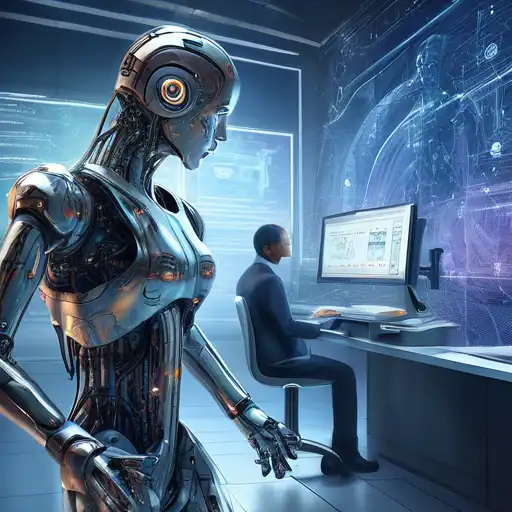Introduction to AI and Machine Learning
In the rapidly evolving world of technology, Artificial Intelligence (AI) and Machine Learning (ML) are two terms that often come up in conversations. While they are related, they are not the same thing. This article aims to demystify these concepts and highlight the key differences between them.
What is Artificial Intelligence?
Artificial Intelligence is a broad field of computer science focused on creating systems capable of performing tasks that typically require human intelligence. These tasks include problem-solving, recognizing speech, learning, planning, and understanding natural language. AI can be categorized into two types: Narrow AI, which is designed to perform a narrow task (e.g., facial recognition), and General AI, which can perform any intellectual task that a human can.
What is Machine Learning?
Machine Learning is a subset of AI that involves the development of algorithms that allow computers to learn from and make decisions based on data. Instead of being explicitly programmed to perform a task, ML systems use statistical techniques to learn patterns in data and improve their performance over time. ML is behind many of the services we use today, such as recommendation systems on Netflix and Amazon.
Key Differences Between AI and Machine Learning
While AI and ML are closely related, there are several key differences between them:
- Scope: AI is a broader concept that encompasses any technique that enables computers to mimic human intelligence. ML is a specific approach within AI that focuses on learning from data.
- Dependency on Data: ML algorithms require large amounts of data to learn and make accurate predictions. AI systems, on the other hand, may not always rely on data and can be rule-based.
- Flexibility: ML models are designed to adapt and improve over time as they are exposed to more data. AI systems may not necessarily learn or adapt unless they incorporate ML techniques.
Applications of AI and Machine Learning
Both AI and ML have a wide range of applications across various industries. AI is used in robotics, natural language processing, and autonomous vehicles, among others. ML is widely used in predictive analytics, fraud detection, and personalized marketing. Together, they are transforming industries by enabling smarter decision-making and automation.
Conclusion
Understanding the difference between AI and Machine Learning is crucial for anyone looking to delve into the field of technology. While AI aims to create machines that can simulate human intelligence, ML focuses on enabling machines to learn from data. Both are driving innovation and will continue to shape the future of technology.
For more insights into the world of technology, check out our articles on Tech Trends and Data Science.
